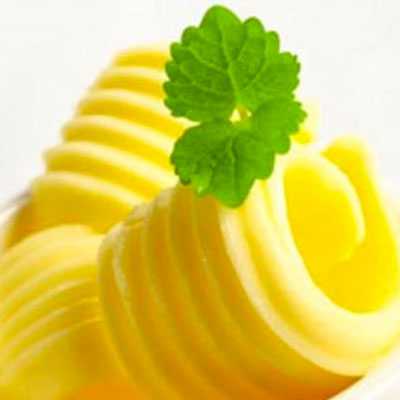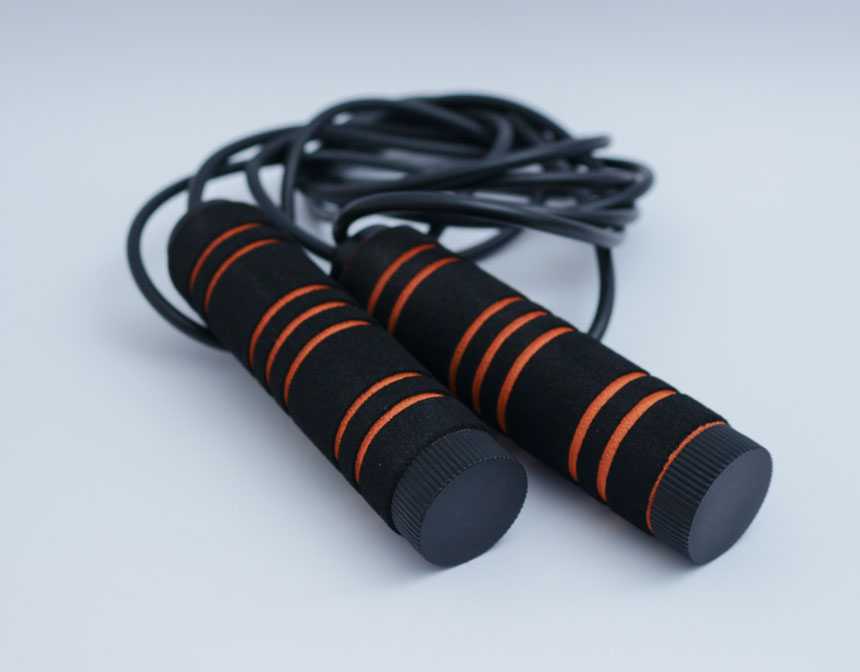Origins of The Chicken and Dumplings
The dish Chicken and Dumplings is a quintessential comfort food that traces its roots back to early American cuisine, drawing influences from various European culinary traditions. It embodies the spirit of home-style cooking, offering a hearty and fulfilling meal that utilizes simple, cost-effective ingredients. This dish, historically, was a means to stretch limited resources and provide a nutritious meal for large families. Originating from the Southern United States, Chicken and Dumplings has evolved but always maintained its core identity: a soothing, warm stew-like dish accompanied by soft, doughy dumplings.
Over time, regional variations have emerged, highlighting local flavors and preferences. In the South, the dish often features a thick, creamy base with flat strip-like dumplings, resembling noodles. Meanwhile, other regions might present a lighter, brothier version with fluffy, biscuit-like dumplings. Despite these variations, the essence of Chicken and Dumplings remains unchanged—a testament to resourcefulness and comfort in American home cooking. It's a dish that transcends social and economic boundaries, finding its place in both humble kitchens and upscale restaurants alike.
Today, Chicken and Dumplings continues to be celebrated for its comforting qualities and nostalgic appeal. Modern renditions have embraced new ingredients and cooking methods, adapting to contemporary tastes while respecting the dish’s traditional roots. It serves as a culinary bridge between past and present, inviting cooks to explore the rich tapestry of American gastronomy. As families pass down their cherished recipes, Chicken and Dumplings remains a beloved staple, symbolizing warmth, family, and the simple pleasures of home-cooked meals.
Kinds of Dumplings
Dumplings are a versatile and beloved component of global cuisines, coming in various forms, flavors, and preparations. Here are some of the different kinds of dumplings you might encounter around the world:
1. Potstickers (Chinese Gyoza):
Originating from China, potstickers are a type of pan-fried dumplings filled with ground meat (often pork) and vegetables. They are known for their crispy bottoms and are commonly served with a soy-based dipping sauce. Japanese gyoza, a variant, is similar but typically more delicate and flavored with garlic and ginger.
2. Jiaozi (Chinese Boiled or Steamed Dumplings):
Jiaozi are traditional Chinese dumplings often served during Chinese New Year. They are usually filled with a mixture of meat and finely chopped vegetables and can be boiled, steamed, or pan-fried.
3. Pierogi (Eastern European):
Pierogi are filled dumplings of Eastern European origin, especially popular in Poland. The fillings vary from savory (meat, cheese, or vegetables) to sweet (fruits like berries or apples), and they are typically boiled before being pan-fried with onions or served with sour cream.
4. Ravioli (Italian):
An Italian variety, ravioli are square or circular pockets of pasta filled with cheese, meat, vegetables, or seafood. They are usually served with a sauce, such as marinara or Alfredo, and can be found in both fine dining and home cooking.
5. Momo (Tibetan/Nepalese):
Momo are South Asian dumplings filled with meat or vegetables, heavily influenced by Tibetan cuisine. They are usually steamed and served with a dipping sauce called chutney.
6. Samosas (Indian):
Though not always classified as dumplings, samosas are similar in concept. They are triangular, deep-fried pastries filled with spiced potatoes, peas, lentils, or ground meat, and are a popular snack in Indian cuisine.
7. Knödel (German/Austrian):
Knödel can be sweet or savory and are made from dough, bread, or potatoes. They can serve as a meal's main component, a side dish, or a dessert, depending on their filling and preparation.
8. Matzo Balls (Jewish):
Matzo balls are dumplings made from matzo meal, eggs, water, and fat and are traditionally served in chicken soup. They are a staple of Jewish cuisine and particularly associated with Passover.
9. Pelmeni (Russian):
Pelmeni are small, meat-filled dumplings, traditional in Russian cuisine. They are usually boiled and served with butter, sour cream, or vinegar.
10. Bánh Bột Lọc (Vietnamese):
These are translucent dumplings from Central Vietnam, made from tapioca flour and filled with shrimp and pork belly, often served with a sweet and spicy dipping sauce.
Each type of dumpling offers a unique glimpse into the culinary traditions and flavors of its culture, illustrating the universal appeal of this comfort food in its many variations around the world.
Drop Dumplings vs. Noodle Dumplings
Dumplings are a versatile and beloved component in cuisines worldwide, varying significantly in preparation, ingredients, and presentation. Among the various types, two popular styles stand out: drop dumplings and noodle dumplings. Both bring unique textures and flavors to dishes, especially in soups and stews, but they differ significantly in their preparation and final presentation.
Drop Dumplings:
Drop dumplings are made from a thick batter or dough comprising flour, baking powder, and liquid (such as milk or water). They may also include eggs, fat (like butter or shortening), and seasonings to enhance flavor. The mixture is typically moist and sticky, not rolled out like traditional dough. Instead, as the name suggests, the dough is "dropped" by spoonfuls directly into a boiling liquid, usually a broth or stew.
Texture and Appearance: Drop dumplings are characteristically soft and fluffy on the inside, somewhat akin to a steamed bread or biscuit. They are irregularly shaped, due to the dropping method, and expand during cooking to become light and tender.
Culinary Use: Commonly found in dishes like chicken and dumplings or hearty vegetable stews, they soak up the flavors of the broth while maintaining a distinct, pillowy texture.
Preparation Tips: Do not overmix the batter to keep the dumplings light. After adding them to the boiling liquid, cover the pot and simmer gently to allow the dumplings to cook thoroughly without breaking apart.
Noodle Dumplings:
Noodle dumplings, such as those used in German spaetzle or Hungarian nokedli, are prepared from a dough that's more similar to pasta. The basic dough typically includes flour, eggs, and water or milk. Unlike drop dumplings, this dough is denser and, once mixed, is either rolled out thinly and cut into shapes or passed through a dumpling maker or colander to create small, noodle-like pieces.
Texture and Appearance: Noodle dumplings are generally denser and chewier than drop dumplings and resemble small, irregular noodles or pellets. They provide a satisfying bite and are excellent at clinging to sauces and broths.
Culinary Use: They're often served as a side dish or incorporated into soups and stews, adding substance and texture. In Central and Eastern European cuisines, they're a common accompaniment to goulash and other hearty meat dishes.
Preparation Tips: Ensure the dough is the right consistency before shaping—it should be moist but not too sticky. Boil the dumplings until they float to the surface, then drain them well before serving or adding to other dishes.
While drop dumplings and noodle dumplings serve similar roles as comforting additions to meals, their differences in texture, preparation, and traditional uses set them apart. Drop dumplings offer a soft, biscuit-like comfort, perfect for absorbing the rich flavors of a stew or broth. In contrast, noodle dumplings provide a chewier, denser texture that holds up well alongside robust sauces and meats.
How To Store Chicken and Dumplings?
Storing dumplings properly is crucial for maintaining their freshness and quality, whether they are drop dumplings or noodle dumplings. Here's how to store both types effectively:
Drop Dumplings:
In the Fridge:
- Cool Down: Allow cooked drop dumplings to cool to room temperature before storing to prevent condensation inside the container, which could make them soggy.
- Airtight Container: Place the dumplings in an airtight container. If they are part of a soup or stew, you can store them together with the dish. If storing separately, lightly brush them with oil to prevent sticking.
- Refrigeration: Store in the refrigerator for 2-3 days.
In the Freezer:
- Freezing Individually: For uncooked drop dumplings, place spoonfuls of the dough on a baking sheet lined with parchment paper. Freeze until solid, then transfer to a freezer bag or container. This prevents them from sticking together.
- Storing Cooked Dumplings: If freezing cooked dumplings, ensure they're separated from the stew or broth to prevent them from becoming too mushy when reheated.
- Longevity: Frozen drop dumplings can last up to 3 months in the freezer.
Noodle Dumplings:
In the Fridge:
- Cool Down: Similar to drop dumplings, let them cool to avoid condensation.
- Airtight Container: Store in an airtight container. If they have been cooked and are plain, a light toss in oil can help prevent sticking.
- Refrigeration: They can be kept in the refrigerator for up to 3 days.
In the Freezer:
- Pre-Freezing: Spread uncooked noodle dumplings out on a baking sheet to freeze individually before transferring to a storage bag or container. This helps keep them from clumping together.
- Cooked Noodle Dumplings: It's best to freeze them separately from any dish to maintain texture. Ensure they're well coated with a thin layer of oil.
- Longevity: Properly stored, they can last up to 3 months in the freezer.
Reheating:
Drop and Noodle Dumplings:
- Refrigerated: Both types of dumplings can be reheated in a microwave or by gently simmering in a soup or stew until thoroughly warmed.
- Frozen: For the best results, thaw overnight in the refrigerator before reheating. Alternatively, frozen dumplings can be added directly to boiling water or broth and cooked until they float to the surface and are heated through.
Proper storage not only extends the shelf life of your dumplings but also ensures they retain their texture and flavor, making your next meal just as delicious as the first.

















































